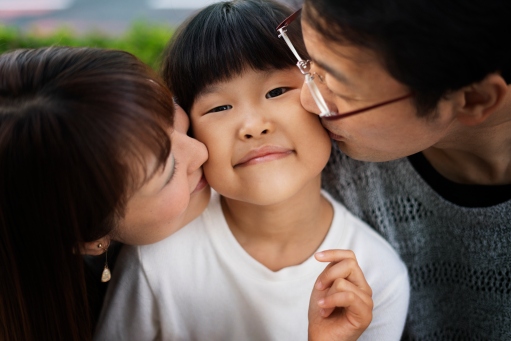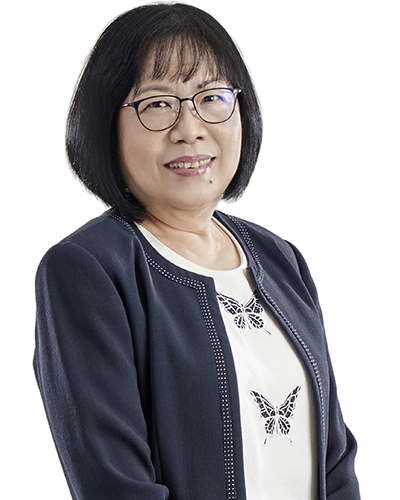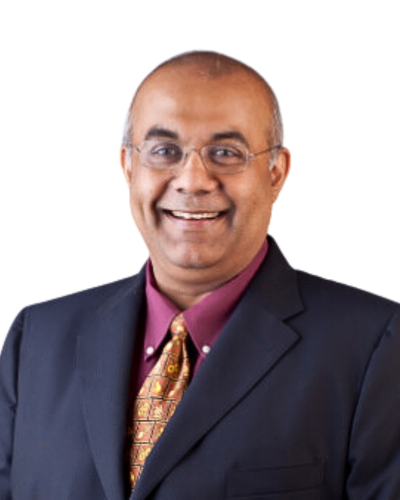
While childhood cancer may appear uncommon, it affects approximately 77.4 per million Malaysian children aged under 15 years old, according to The Malaysian Society of Paediatric Haematology and Oncology. Besides blood cancers like leukaemia and lymphoma, brain tumours and solid tumours such as neuroblastoma, are also prevalent.
A diagnosis profoundly impacts the entire family, disrupting daily life and often straining finances. Early symptom recognition is vital for successful treatment, and a multidisciplinary approach, involving specialists like paediatricians, paediatric haemato-oncologists, and paediatric neurosurgeons, is crucial for improving outcomes.
In observance of International Childhood Cancer Day in February, Subang Jaya Medical Centre (SJMC) highlights the essential roles of its multidisciplinary teams in managing this challenging condition, offering hope to affected children and adolescents.
Recognising The Signs: A Paediatrician’s Guide
Childhood cancer can be incredibly difficult to detect early, often mimicking common childhood illnesses or presenting with vague, seemingly unrelated symptoms. Unlike adults, children may not be able to articulate their discomfort effectively, and some childhood cancers develop in areas of the body where they are not readily visible or palpable. This combination of factors can delay diagnosis, highlighting the importance of parental vigilance and thorough medical evaluation when concerns arise.
“Early detection is vital in improving outcomes for childhood cancers,” emphasises Dr Ng Ruey Terng, a Consultant Paediatrician at Subang Jaya Medical Centre. “Parents should be aware of potential warning signs. These can include persistent, unexplained fever, fatigue, easy bruising or bleeding, lumps or swelling, persistent bone pain, and neurological symptoms like headaches or visual disturbances. While these symptoms can have other causes, it's crucial to consult a doctor for prompt evaluation.”
He believes that it is crucial for doctors to truly listen to parents, valuing their insights and taking the time necessary to thoroughly investigate their concerns.
“A mother’s instinct is a powerful force, often picking up on subtle changes in their child’s health that might go unnoticed by others,” Dr Ng shares.

Dr Ng Ruey Terng, Consultant Paediatrician at SJMC.
Neuroblastoma: A Paediatric Oncologist's Perspective
Neuroblastoma is a cancer that develops from immature nerve cells. While it most commonly develops in the adrenal glands (located atop the kidneys), it can also arise in nerve cell clusters within the abdomen, chest, neck, and near the spine.
This cancer primarily affects children aged five and under, although older children can rarely be diagnosed. The behaviour of neuroblastoma varies; some cases resolve spontaneously, while others require a combination of treatments.
“Neuroblastoma often presents unique challenges,” explains Dr Chan Lee Lee, a Consultant Paediatric Haemato-Oncologist at SJMC. “Early diagnosis is crucial, but the symptoms can be vague. We often see children presenting with abdominal pain, bone pain, unexplained weight loss, or pallor. Unfortunately, the majority of children present with advanced disease.”
Neuroblastoma survival rates vary depending on several factors, including the child’s age, the stage of the cancer, the risk group (determined by certain tumour characteristics), and the presence of specific genetic markers.
“The 5-year survival rate varies from 25%-95% depending on the stage of the disease and risk group,” Dr Chan shares.
Younger children with neuroblastoma generally have a better prognosis than older children. Children with localised neuroblastoma (confined to the original site) have a better prognosis than those with metastatic neuroblastoma (spread to other parts of the body).
“Every child's case is unique, and the treatment plan will be tailored to their specific situation. Our approach involves a combination of chemotherapy, surgery, radiation therapy, and transplantation using the patient’s own cells, tailored to the specific stage and risk group of the neuroblastoma,” Dr Chan shares.
Parents should discuss all treatment options with their child's medical team to make informed decisions about their care. Ongoing research is continually improving treatment outcomes for neuroblastoma, offering hope for children and families facing this challenging diagnosis.

Dr Chan Lee Lee, Consultant Paediatric Haemato-Oncologist at SJMC.
Surgery For Brain Tumours: A Neurosurgeon’s Insight
Surgery is a common treatment for many types of brain tumours, both cancerous and non-cancerous. Some common types of brain tumours in children include astrocytomas, medulloblastomas, ependymomas, craniopharyngiomas, germ cell tumours and choroid plexus tumours. A sudden increase in head size especially in very young child or widening fontanelle (soft spot in skull) may indicate the presence of a tumour.
“Brain tumours in children require specialised surgical expertise as children have unique psychological and physical needs,” says Dr Vickneswaran Mathaneswaran, Consultant Neurosurgeon at SJMC. “Our goal is to safely remove as much of the tumour as possible while minimising the risk to surrounding brain tissue and maximising brain potential.”
Potential risks include immediate complications such as infection, bleeding, and brain swelling and depending on the tumour location, surgery might lead to weakness, balance problems, seizures, or changes in personality or behaviour. Long-term effects may include learning difficulties, hormone problems, or delayed development can sometimes occur after surgery. With detailed knowledge of neuroembryology, neurophysiology and neuroanatomy, potential surgical complications such as weakness, infection, bleeding, and brain swelling can be prevented.
“Surgical treatment may include precision biopsy via small openings, shunting or endoscopic procedures and major microsurgical procedures. Advances in neurosurgical techniques such as these have improved surgery outcomes and reduced recovery times for many children.
“Surgery is often the mainstay of the management of paediatric brain tumours but has become safer and routine especially in the presence of paediatric oncologist, paediatric intensivists, paediatric neurosurgeons and other specialised medical and support personal,” Dr Vickneswaran shares.
For the best treatment outcome, the collaborative team must take into consideration multiple factors such the type of tumour, its size and location, the child’s age and overall health, and the presence of any other medical conditions.

Dr Vickneswaran Mathaneswaran, Consultant Neurosurgeon at SJMC.
Multidisciplinary Team: Hope for Childhood Cancer
The dedication and expertise of the multidisciplinary team, combined with the unwavering support of families and communities, are crucial in the ongoing battle against childhood cancer.
Besides paediatricians, paediatric haemato-oncologists and paediatric surgeons, radiologists are crucial to diagnose, assess spread, and monitor treatment response while pathologists analyse tissue samples for diagnosis and tumour characteristics. The support of a well-established laboratory and blood bank are also essential in managing bone marrow transplants. Meanwhile, dedicated oncology nurses provide compassionate care, administer treatments, and manage side effects.
Despite ongoing challenges, advancements in research, treatment, and supportive care offer hope for a brighter future for children with cancer. While cure rates vary by cancer type, childhood cancers are highly treatable, and complete remission can often be achieved.
Early detection is crucial, so parents should be vigilant and seek immediate medical advice if they notice any abnormalities in their child. The dedication and expertise of the multidisciplinary team, combined with the unwavering support of families and communities, are crucial in the ongoing battle against childhood cancer.
Source:
